Pseudobombax Ellipticum
Pseudobombax ellipticum, with common names including shaving brush tree, Dr Seuss tree, and amapolla tree, is a species of plant in the subfamily Bombacoideae of the family Malvaceae.
Pseudobombax ellipticum (Shaving Brush Tree) – A winter deciduous tree that can reach 30 feet or more with a trunk diameter of over 4 feet in its tropical native habitat but is seen here cultivated in California as a shrub or low branched small tree and usually as a squat growing specimen in a large container. It has a swollen smooth green trunk, often with a tortoise shell pattern and fissured with gray bark, short thick succulent stems and large palmately compound leaves with five elliptical rounded dark-green leaflets that can be up to 1 foot long by 7 inches wide. In the spring, when the tree is still bare of leaves appear the long greenish black upright buds that open with green sepals pealing back and reflexing downwards to expose beautiful 5-inch-long white stamens and looking very much like a shaving brush – these flowers only last a day. The flowers are followed by 6-inch-long fruit which contains fine white hairs.
Plant in full to partial sun and irrigate regularly when in leaf, especially if growing in a container. It is fairly drought tolerant where one can grow it in the ground but is sensitive to cold so this can only be done in near frost-free climates. It tolerates temperatures that drop for short durations down into the high 20°s but best to protect even from these temperatures. Our outdoor specimens survived undamaged during the January 2007 freeze (3 nights at 25°) with just a blanket of frost cloth thrown over them. After flowering and as the leaves emerge is the best time to trim this plant for shape.
Pseudobombax ellipticum is native to southern Mexico, El Salvador, Guatemala, and Honduras where it can typically be found growing in dry and rocky locations. It is a very ornamental plant and native cultures within its natural range likely planted it for this purpose but also planted it as a living fence and used its wood for firewood and for carving dishes. Its seed could be toasted and eaten and the fruit fibers (kapok) was used to fill pillows and as insulation. Its importance to the Mayan civilizations is evidenced by the its presence in the artwork on ceramic pieces. The plant was first described in 1822 as Bombax ellipticum by the German botanist Carl Sigismund Kunth and later reclassified to its current name by Columbian botanist Armando Dugand in 1943. The name for the genus is the combination of the Latin and Greek words ‘bombax’ meaning cotton and ‘pseudo’ meaning “false” in reference to this plant previously being placed in the genus Bombax, whose name came from the cottony white fibers, called kapok, that surround the seeds. Long considered in its own family, the Bombacaceae, the current treatment has transferred them to the subfamily Bombacoideae within the family Malvaceae. The specific epithet is the is in reference to the elliptic shape of the leaflets.
Our plants of Pseudobombax ellipticum are grown from seed collected from our own plants that were hand pollinated. Our thanks to Stockton succulent collector Alice Waidhofer for our original stock plants received in 2005 from which we gather this seed. This white flowering form is sometimes listed as Pseudobombax ellipticum ‘Alba’ but since it is the form most common it California, we have long listed it a the species and list the pink flowering form, which we also grow, as Pseudobombax ellipticum ‘Pink’. This pink flowering form of this species, often having deep red juvenile foliage, is found more commonly in gardens in Mexico and Florida.
This information about Pseudobombax ellipticum displayed is based on research conducted in our horticultural library and from reliable online resources. We also will relate observations made about it as it grows in our nursery gardens and other gardens we have visited, as well how the crops have performed in containers in our nursery field. We will also incorporate comments that we receive from others and we welcome hearing from anyone with additional information, particularly if they can share any cultural information that would aid others in growing it.
Native to Mexico, the Shaving Brush is a large deciduous tree which can grow up to 30-40 feet. In India it is widely mis-identified as Pachira rosea. Coveted for it\’s unique brush-like flowers in late winter (often February-March), the leaves are an attraction as well. Leaves are first bright red turning a fine green as they mature With minimal water requirements, this is a fine shade tree as well as a show stopper bloomer. Interestingly, this tree is suitable for bonsai treatment as well. Flowers have silky rose-pink stamens topped with yellow pollen The wood is interesting as well, showing stripping of greens, yellows, browns and white.

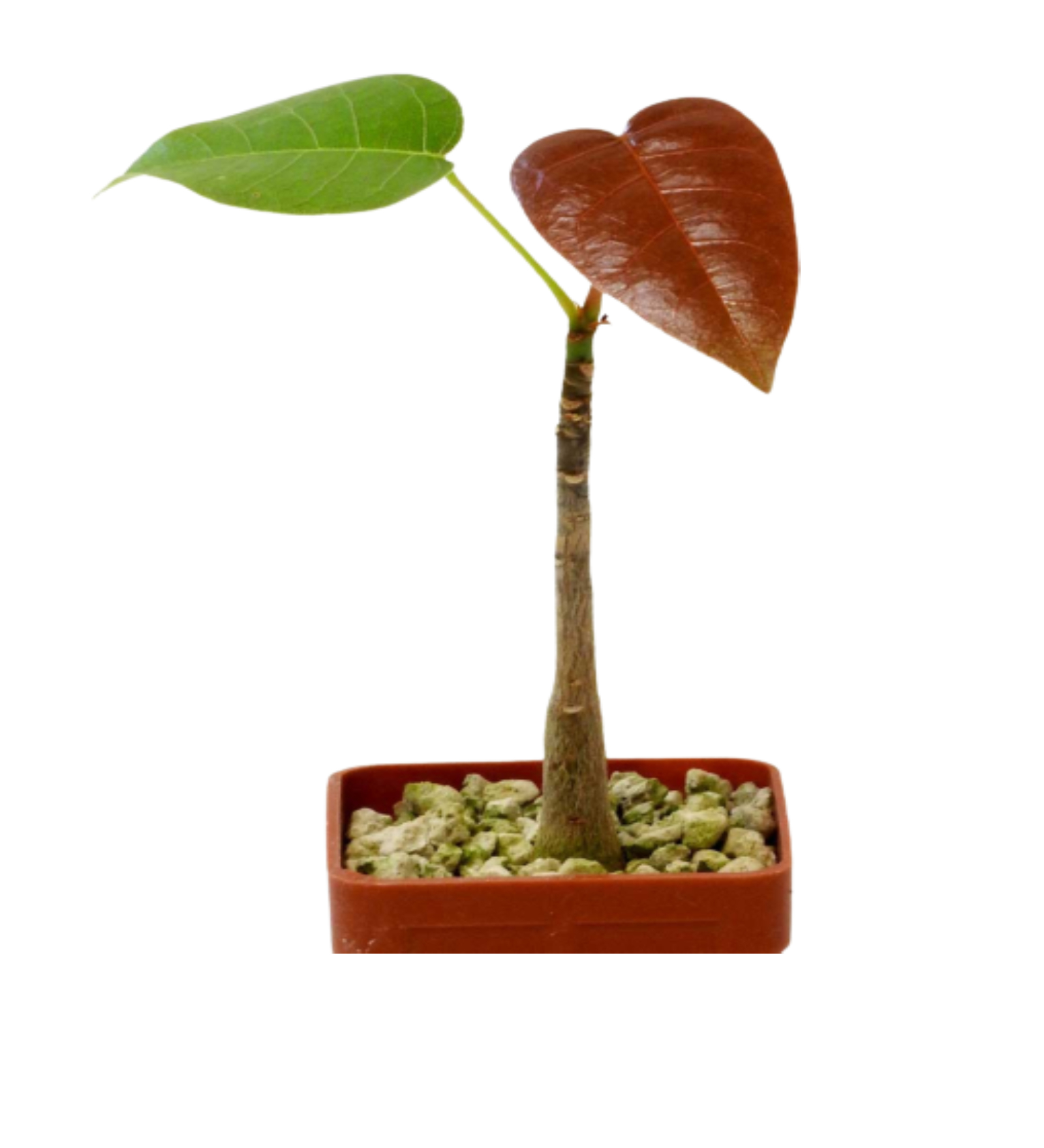
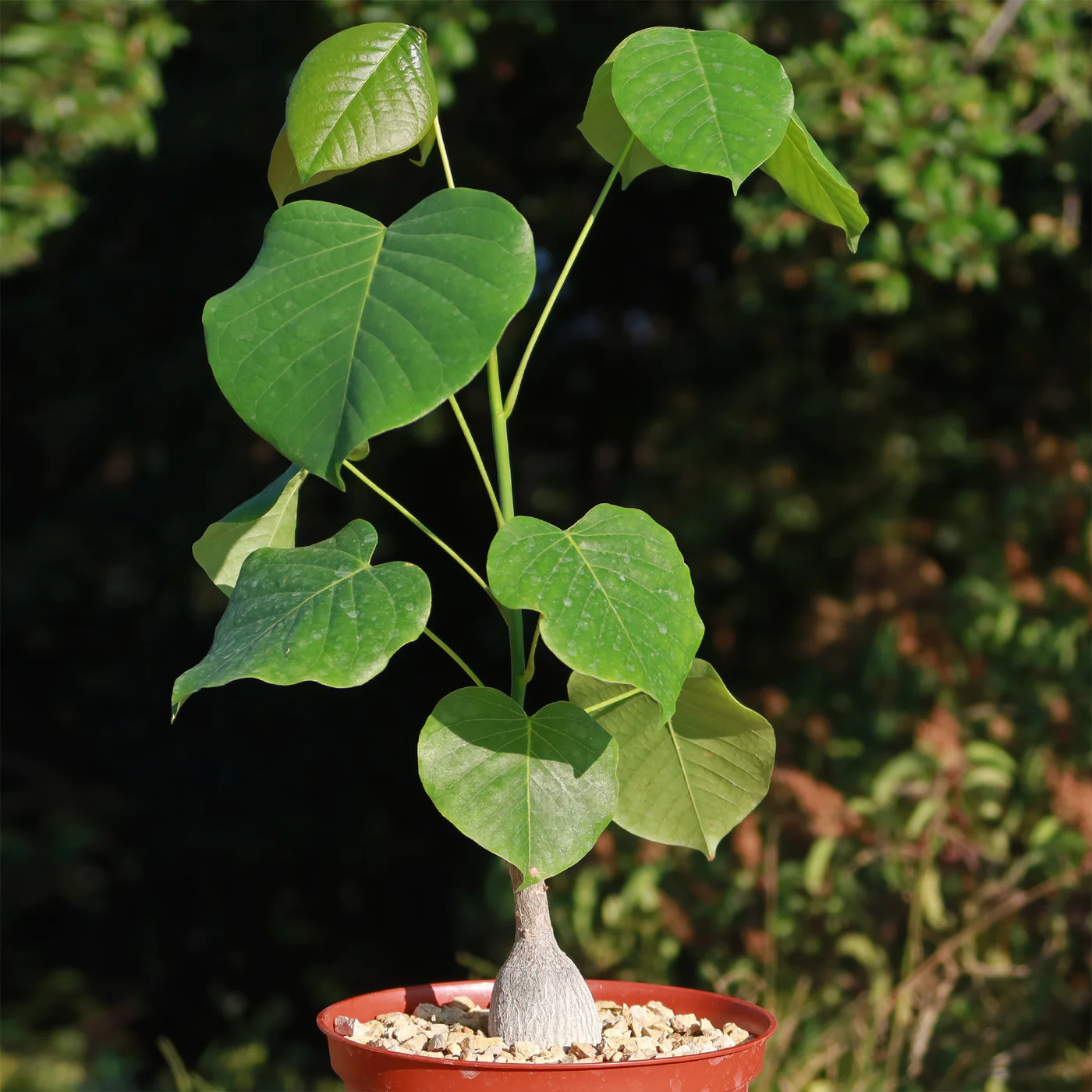

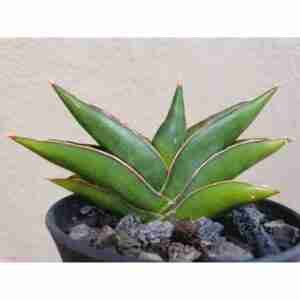
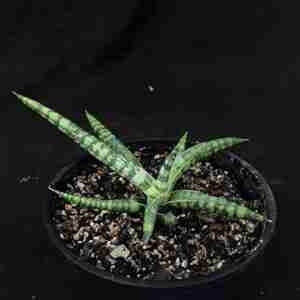
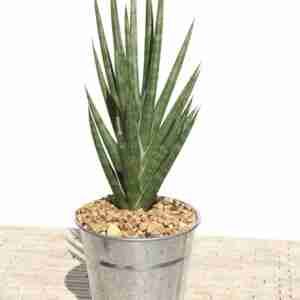

Reviews
There are no reviews yet.